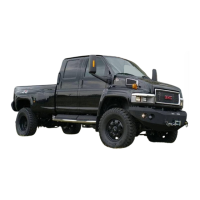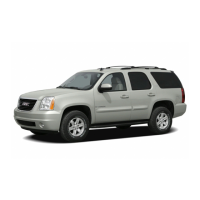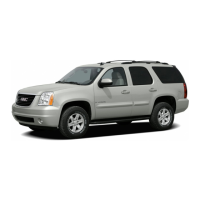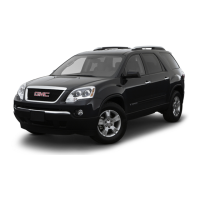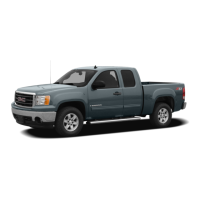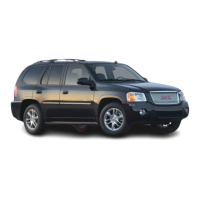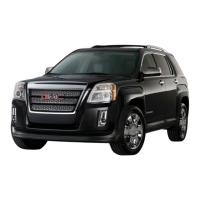Avoid needless heavy braking. Some people
drive in spurts — heavy acceleration followed
by heavy braking — rather than keeping pace with
traffic. This is a mistake. The brakes might not
have time to cool between hard stops. The brakes
will wear out much faster if you do a lot of
heavy braking. If you keep pace with the traffic
and allow realistic following distances, you
will eliminate a lot of unnecessary braking.
That means better braking and longer brake life.
If your vehicle’s engine ever stops while you are
driving, brake normally but do not pump the brakes.
If you do, the pedal could get harder to push down.
If the engine stops, you will still have some power
brake assist. But you will use it when you brake.
Once the power assist is used up, it can take longer
to stop and the brake pedal will be harder to push.
Hydraulic Brake Systems
If the engine stops running, or if the primary brake
system stops working, your vehicle has a reserve
power assist system to help you slow down. Just
slowly and steadily apply the brake pedal until you
can safely get off the road. The pedal will seem
harder to push down. Do not pump the pedal; the
system will not work well that way.
You might find that the steering wheel seems hard
to turn when you are turning and braking at the
same time. Also, the primary brake warning
light might come on and the warning tone might
sound. This is normal because the main hydraulic
brake system and power steering both use the
power steering pump. If this ever happens, let up
on the brake pedal a little. When you let up on
the brake pedal in that situation, it lets the steering
get a little more help from the pump.
153

